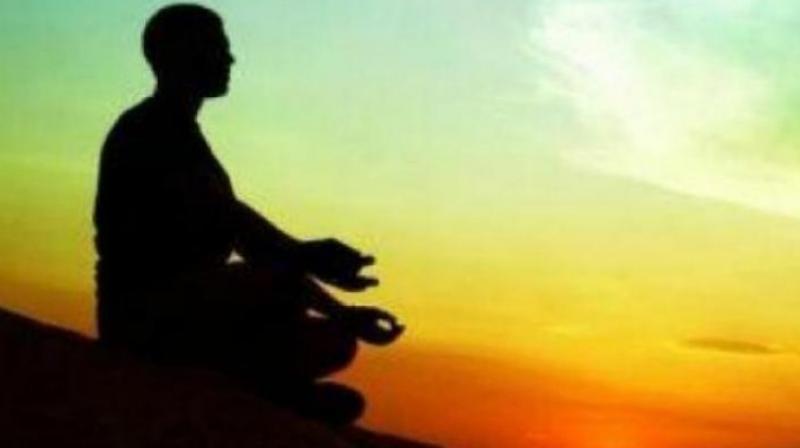Mystic Mantra: How ignorant we are of indigenous wisdom
We know many “-logies†but are often ignorant of the do-or-die down-to-earth wisdom of indigenous peoples.

A professor visiting a village was bragging about his brains. Crossing a river with an adivasi, he asked: “Do you know about geology?” The boatman said, “No! What’s that?” He explained, “Geology is about rocks. You’ve wasted a quarter of your life knowing no geology.” Later, the professor asked: “Know about zoology?” The adivasi said, “No!” and the professor explained, “It’s knowledge of animals. Half your life is wasted without knowing zoology.” Then, the boatman asked, “Saheb, d’you know swimology?” Puzzled, professor inquired: “What’s that?” The adivasi said, “Know how to swim?” The professor said, “No!” The adivasi said: “Your whole life is wasted. My boat has a hole and you must swim to save yourself.”
We know many “-logies” but are often ignorant of the do-or-die down-to-earth wisdom of indigenous peoples. Today on the “International Day for Indigenous Peoples”, we commemorate their contributions to society and celebrate the cultural, linguistic diversity they gift us.
We often disparagingly label indigenous peoples as “primitive”, judged by the so-called “development” in science and technology. But they teach us valuable lessons in our relationship with: (a) mother earth; (b) the Divine Being; and (c) the self-in-community.
In 1854, American President Franklin Pierce reportedly offered to buy a large tract of “Red Indian” land from Chief Seattle. Reluctant to sell, the chief replied, “How can you buy or sell the sky, the warmth of the land? Every part of this earth is sacred to my people. Every shining pine needle, every sandy shore, every mist in the dark woods and every humming insect is holy to us.”
How do we treat mother-earth? Our insatiable greed has led us to destroy her forests, defile her gentle breezes, deplete her ozone layer and purge her of inner resources — deifying “development”. Moreover, the “adivasi” or “original inhabitant” is now reduced to being identified as a “vanvasi”: a nondescript jungle-man.
Mother earth being sacred, her Divine Creator is also breathtakingly beautiful, overseeing the welfare of all creatures. Indigenous conceptions of deity — eg. Dharmes and Singbonga of the Chota Nagpur adivasi belt and Ucchaliyo-Dev and Varle-Dev of western India — are benevolent grandfatherly deities who ensure the common, cosmic good. Interestingly, much as we depend on the Divine Being, tribals hold that the Divine Being needs us, too.
Pride and greed are grievous sins in adivasi ethics. The African Nguni Bantu term “Ubuntu” — meaning, “I am because we are” — is valued among indigenous peoples. Consequently, special care is taken of society’s weakest: the poor, orphans, widows and the handicapped.
Living among indigenous peoples has taught me much. Experiencing the divine-human-cosmos as one seamless, sacred reality could help us to teach less and learn more: not only swimology, but also how to love mother-earth and cooperate with God and others. Jai adivasi!

